(NB&CL) It seems that everything related to the US presidential election and the head of the US can become the focus of the media. The inauguration of the US Presidents-elect is an example. Under the multi-dimensional analysis of the press, many interesting things about the inauguration of the US Presidents are revealed.
Inauguration Day was set hundreds of years ago.
The day the new US president is sworn in, and also the day the current president officially ends his term, usually takes place on January 20. However, not many people know that January 20 has only been set since 1933.
American history records that the first inauguration was held on April 30, 1789, when President George Washington was sworn in. Later, the inauguration day of the US President was chosen as March 4 - the anniversary of the first session of the US Congress. American lawmakers at that time believed that early March was chosen because the period from November when the election ended until then was enough time for the vote counting, handling the remaining issues of the old administration as well as preparing for the new cabinet.
However, after a while, the time for the President to be sworn in in March caused a lot of controversy. Most opinions said that the "interruption" period was too long and that it was not necessary to wait that long for a new President and administration. Also from those controversies, in 1922, Nebraska Senator George Norris proposed the idea of shortening the time between Election Day and Inauguration Day to about 70 days.
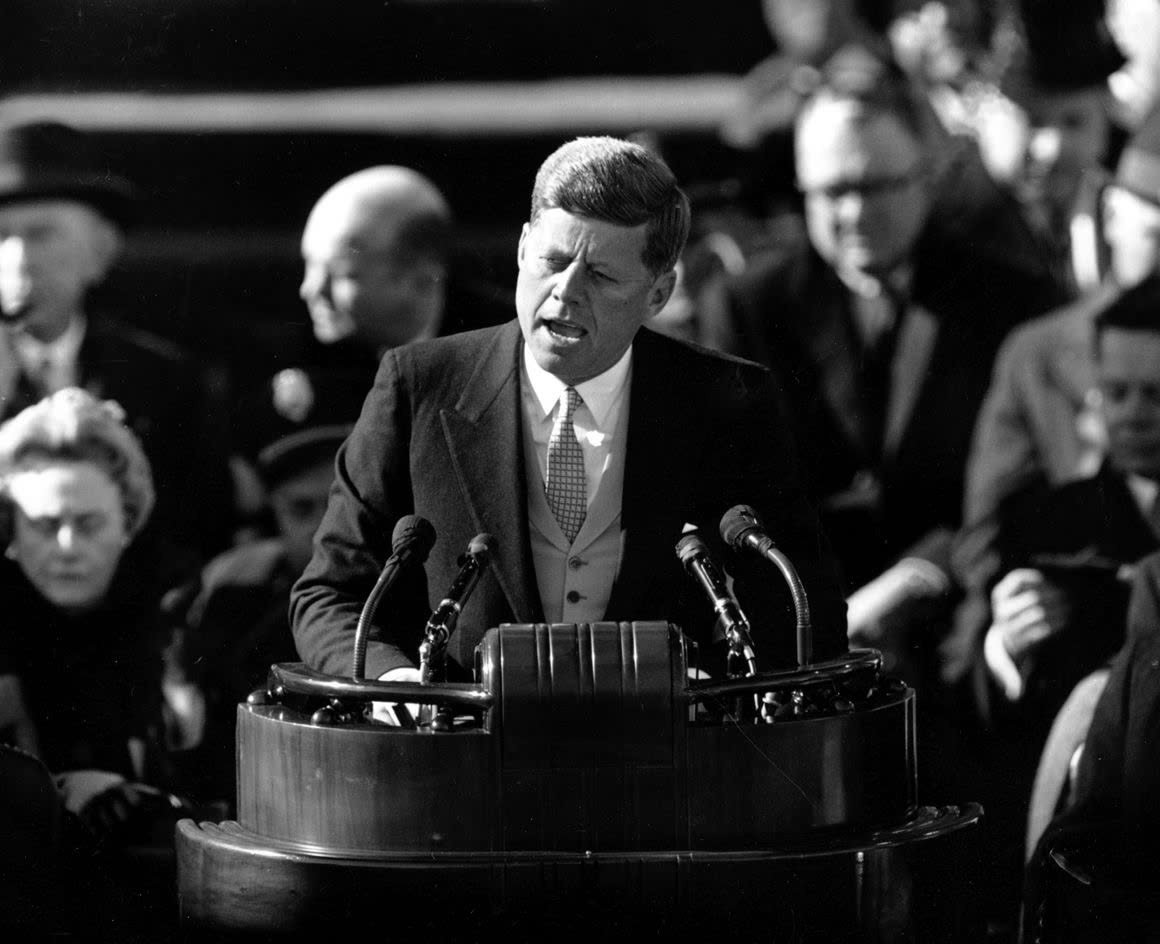
President John F. Kennedy with his brilliant inaugural address in 1961.
However, Mr. Norris's proposal was not officially approved by the US Congress until 1933 and then approved by three-quarters of the US states. Accordingly, January 20 is the day the President is sworn in, unless that day falls on a Sunday. In the case that January 20 falls on a Sunday, the inauguration will be moved to the following day, January 21. This has so far happened in 1957, 1985 and 2013, with the inauguration taking place on January 21. President Franklin Roosevelt was the last US President to be sworn in on March 4, 1933.
In addition to the time, the location of the inauguration is also worth mentioning. Up to now, Capitol Hill - the political center of the United States, home to the US Capitol Building in Washington - has always been known as the place where most of the country's presidential inaugurations have taken place, since 1801 with the inauguration of President Thomas Jefferson. The choice of Capitol Hill is said to emphasize the spirit of democracy, and that, no matter who becomes President, power still comes from the people, and their responsibility is to serve the national interest above all.
Later, in addition to Capitol Hill, several other locations were also chosen as the venue for the presidential inauguration ceremony, such as Independence Hall in Philadelphia, the Old Brick Capitol in Washington, etc. Notably, since the inauguration of Ronald Reagan in 1981, this event began to be held on the west side of the US Capitol building to cut preparation costs and provide more space for the audience.
Security and organization
According to newly updated information, about 25,000 law enforcement officers and soldiers, 7,800 National Guard members, and 4,000 officers from many regions of the United States have been deployed to Washington to enhance security for the inauguration of President-elect Donald Trump on January 20, 2025. In addition, at least 900 uniformed security personnel will be deployed to monitor the public transportation system during the inauguration.
Not only is there a large security team, but a detailed security plan has been drawn up, including assumptions for the worst-case scenarios. A temporary flight restriction order has been issued over Washington on January 20; Drones will be used to monitor the security situation from the air; All attendees of the hundreds of thousands expected to be in the capital to witness Donald Trump's inauguration will be screened; Laptops, water bottles, selfie sticks and banners will be banned from the ceremony grounds; A 50-kilometer-long anti-climbing fence will be erected…
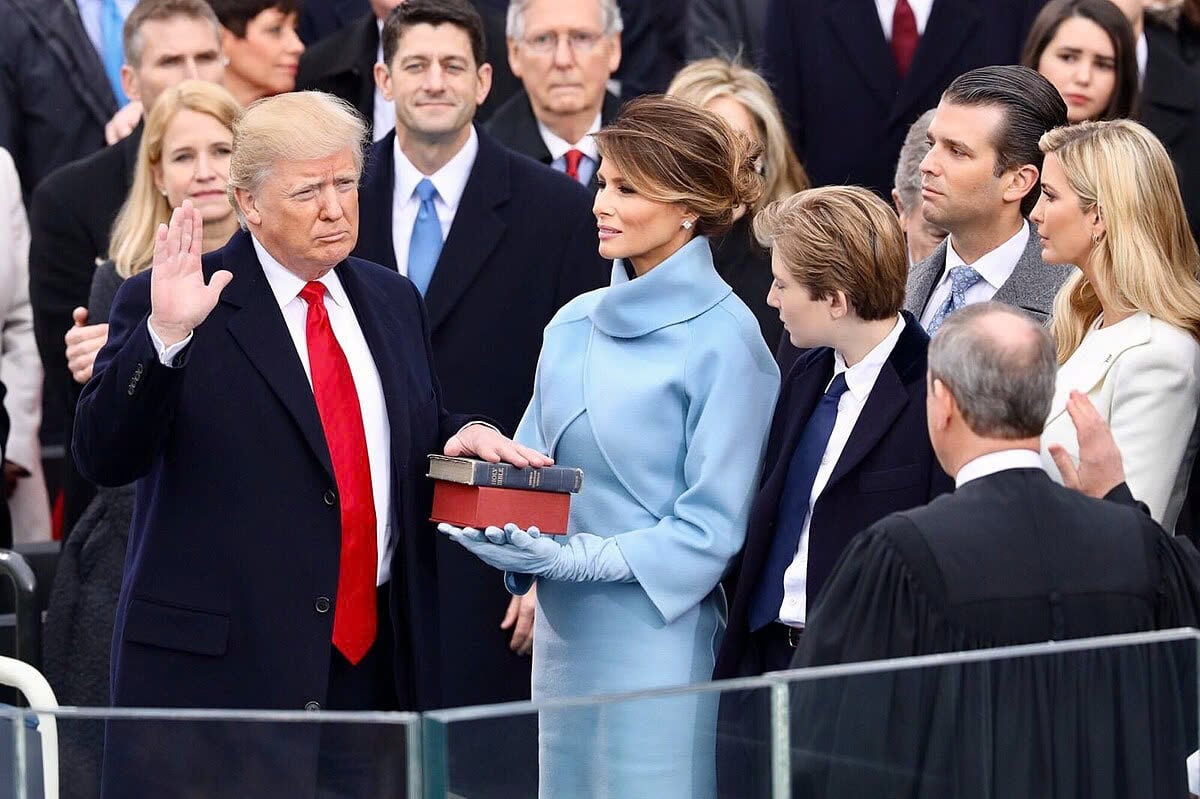
President Donald Trump takes the oath of office as president in 2017.
American history, especially the inauguration ceremonies of the US president, shows that such careful security preparations are never redundant. The fact that US President Abraham Lincoln narrowly escaped death when a group of assassins were waiting to kill him on the way to the inauguration ceremony on March 4, 1865 is an example of the potential dangers in this important event. Not to mention, following the precedent, at this inauguration ceremony of Mr. Donald Trump, the president-elect invited many world leaders to attend.
The inauguration of the 47th US President is also expected to be very bustling because according to the US press, Mr. Donald Trump has raised more than 170 million USD for his inauguration ceremony. Accordingly, the inauguration events will take place for at least 4 days with many activities. Specifically, the event will start on January 17 and the oath ceremony will take place on January 20, 2024. On January 18, Mr. Trump is expected to attend a reception and watch fireworks at Trump National Golf Club in Sterling, Virginia.
On January 19, President-elect Trump will attend a wreath-laying ceremony at Arlington National Cemetery, followed by a rally at the Capital One Arena in Washington, DC, which can accommodate about 20,000 people. Inauguration Day on January 20 is expected to include a tea party at the White House with his predecessor, a swearing-in ceremony on Capitol Hill, a luncheon with lawmakers, a parade down Pennsylvania Avenue, and three gala dinners.
Four years ago, Mr. Biden's inauguration was not as grand as it was because it took place in the context of the complicated Covid-19 pandemic in the US. The event was held with a limited number of guests and limited public attendance to watch the ceremony.
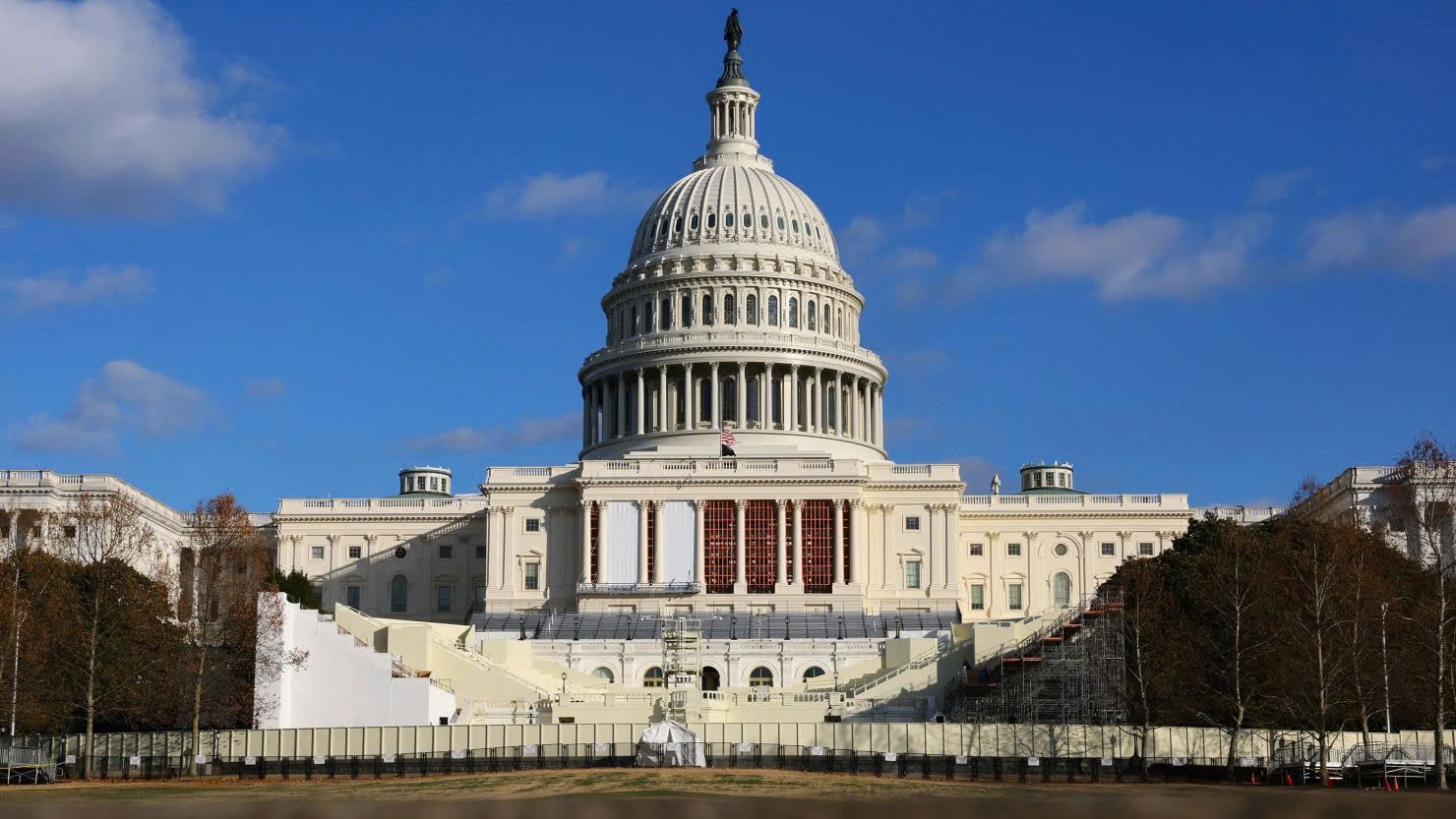
The Bible and the Oath
The US Constitution does not require the use of any specific text during the inauguration ceremony, nor does it stipulate the use of the Bible when taking the oath, but most US Presidents have chosen the Bible as the symbolic book for the inauguration ceremony, placing their hands on this book to take the oath. Specifically, according to custom, during the inauguration ceremony, the President-elect will place his hand on the Bible and say the oath: "I swear to faithfully perform the duties of President of the United States and will do my best to preserve, protect and defend the Constitution of the United States. So help me God."
Of course, there have been presidents who did not choose the Bible for their inauguration, such as President Theodore Roosevelt, and some presidents, such as Barack Obama, used an additional book for their inauguration.
A regular activity in the inauguration ceremony that also attracts special attention is the new president's speech. The speech of former US President George Washington on March 4, 1793 after his re-election with 135 words is considered the shortest inaugural speech in US history. The inaugural speech of President John F. Kennedy on January 20, 1961, which included the saying: "Ask not what your country can do for you, but what you can do for your country" - is considered one of the most inspirational inaugural speeches.
Ha Anh
Source: https://www.congluan.vn/chuyen-ve-le-nham-chuc-cua-tong-thong-my-post330643.html


![[Photo] Touching images recreated at the program "Resources for Victory"](https://vstatic.vietnam.vn/vietnam/resource/IMAGE/2025/4/14/99863147ad274f01a9b208519ebc0dd2)

![[Photo] General Secretary To Lam chairs the third meeting to review the implementation of Resolution No. 18-NQ/TW](https://vstatic.vietnam.vn/vietnam/resource/IMAGE/2025/4/14/10f646e55e8e4f3b8c9ae2e35705481d)

![[Photo] Opening of the 44th session of the National Assembly Standing Committee](https://vstatic.vietnam.vn/vietnam/resource/IMAGE/2025/4/14/03a1687d4f584352a4b7aa6aa0f73792)
![[Photo] Children's smiles - hope after the earthquake disaster in Myanmar](https://vstatic.vietnam.vn/vietnam/resource/IMAGE/2025/4/14/9fc59328310d43839c4d369d08421cf3)
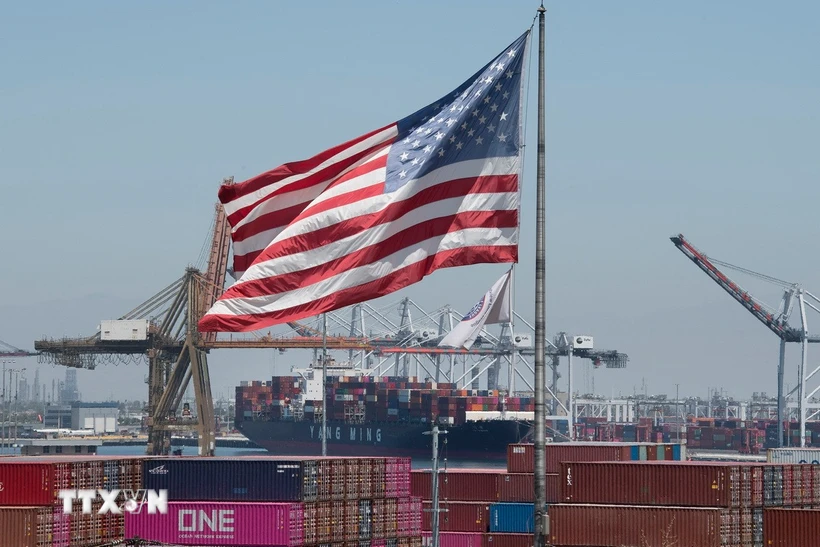

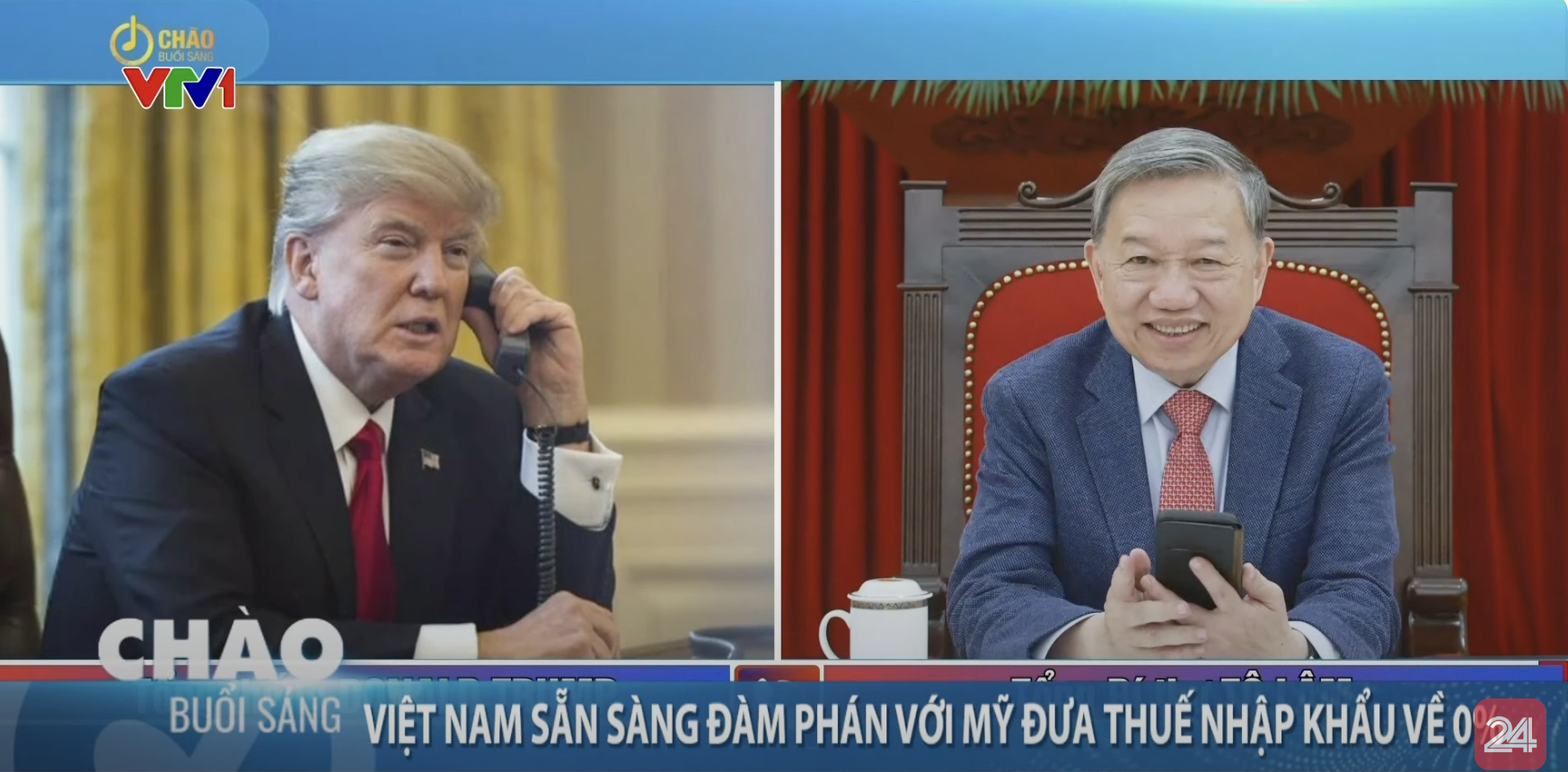

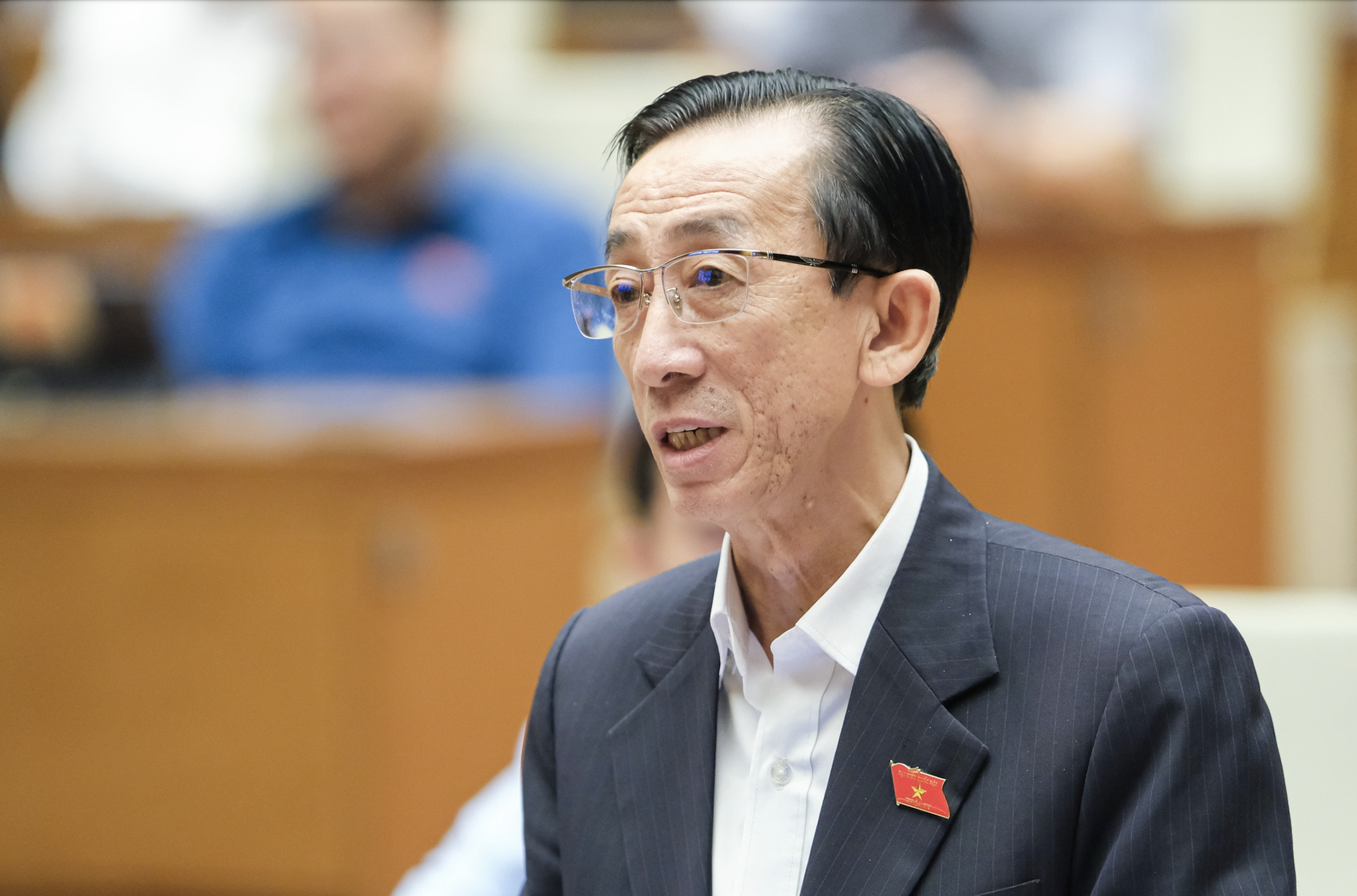

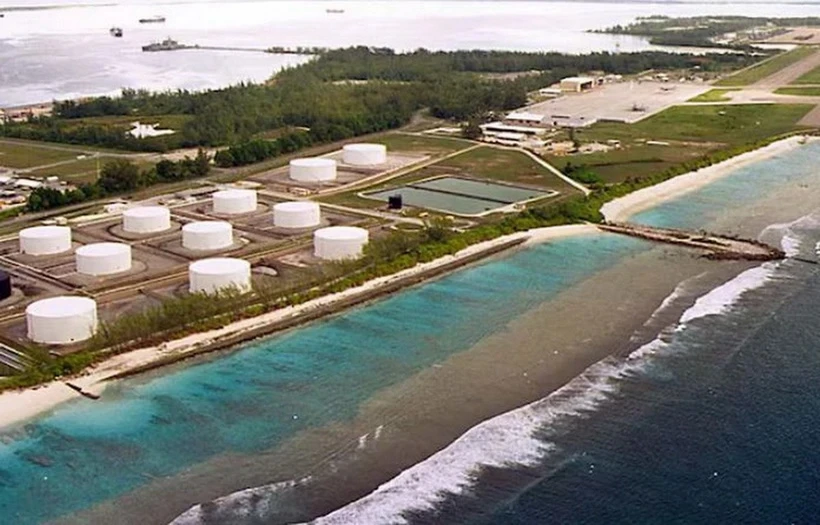
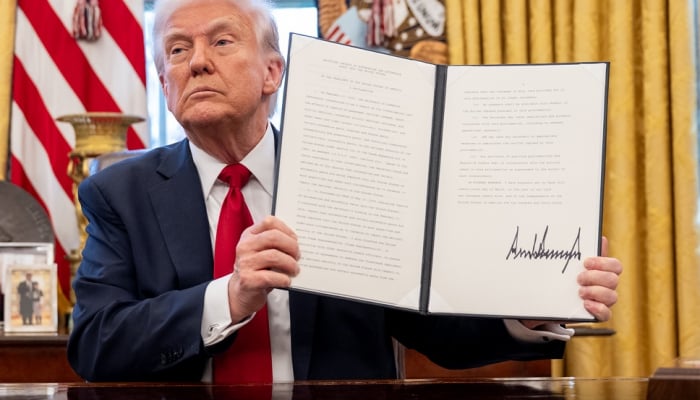
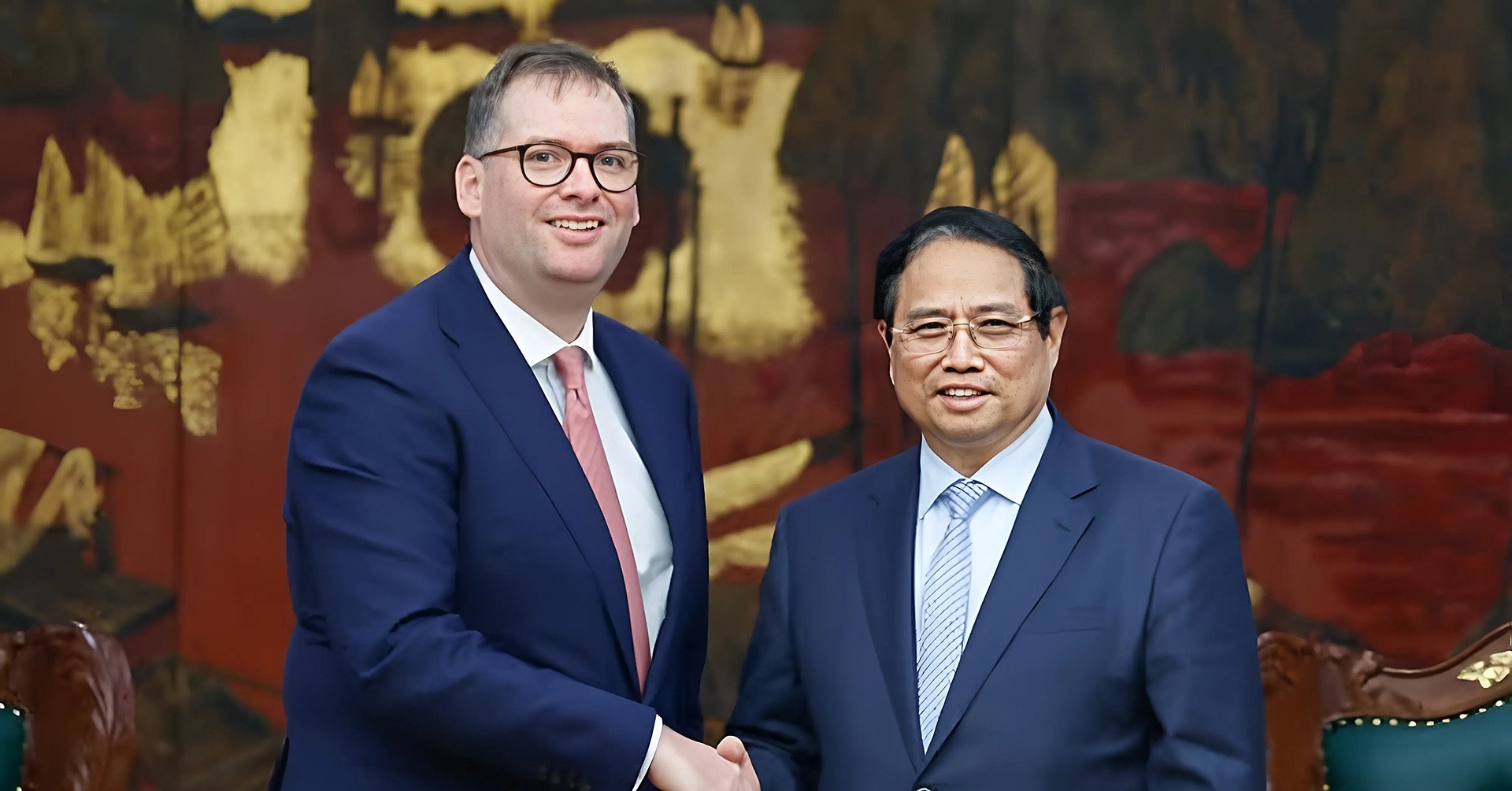

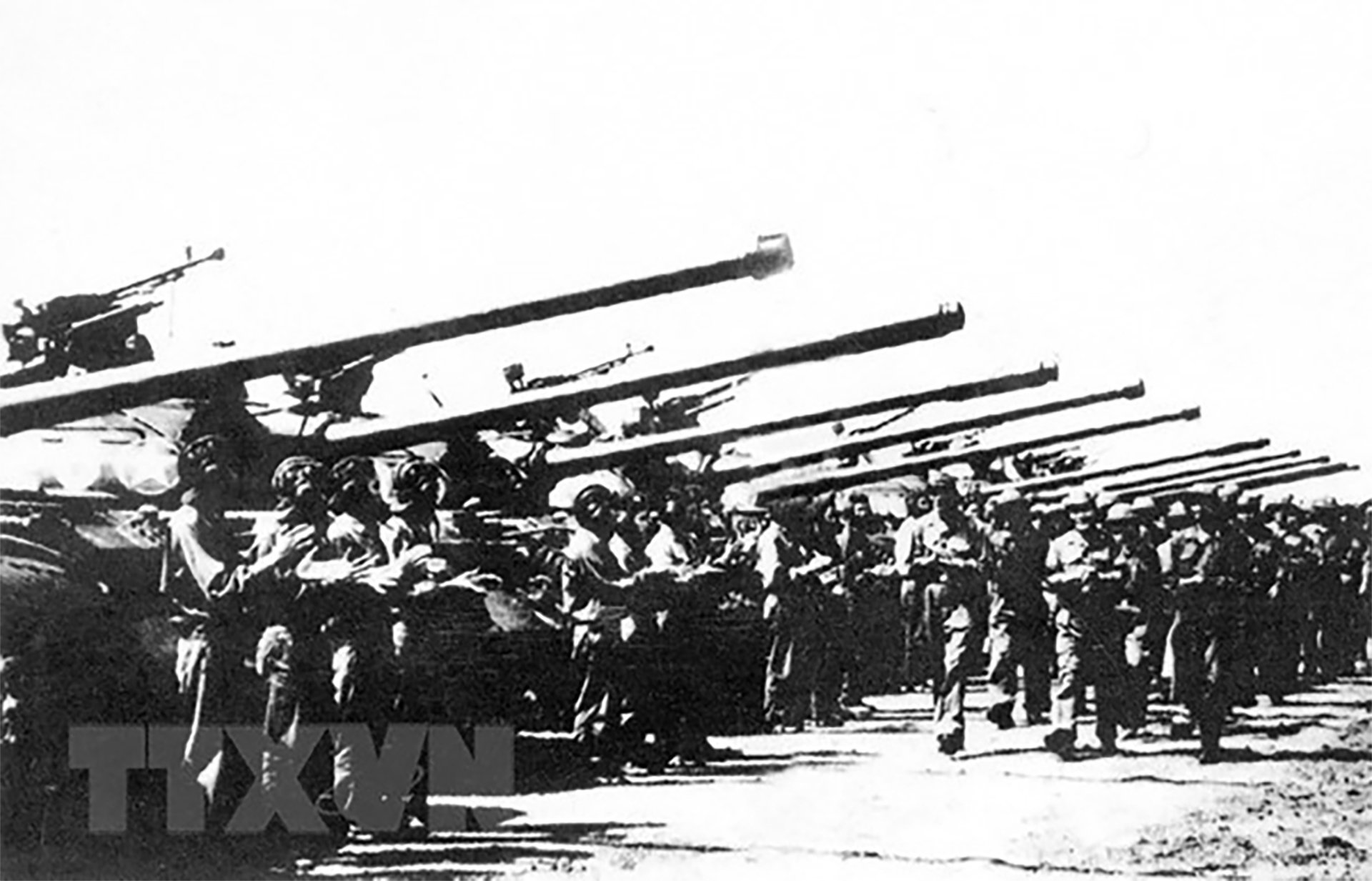


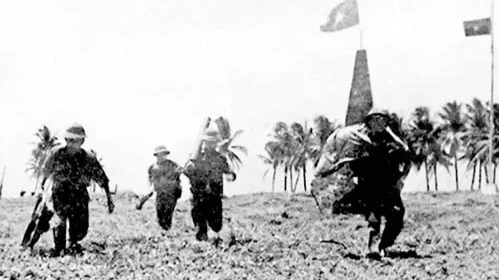

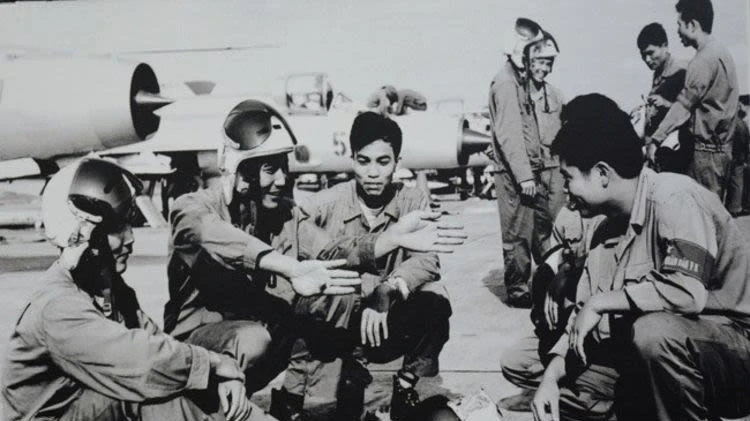


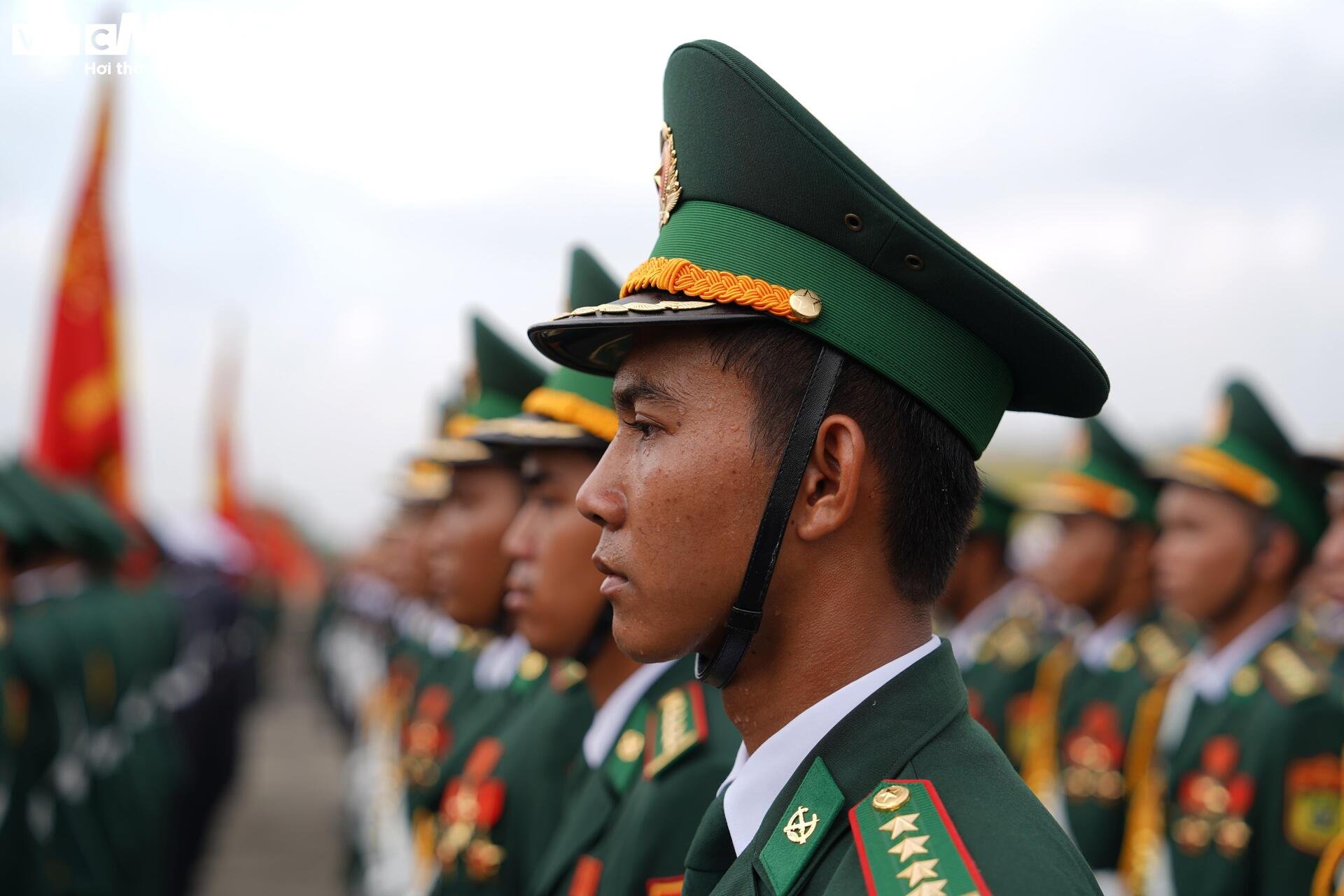



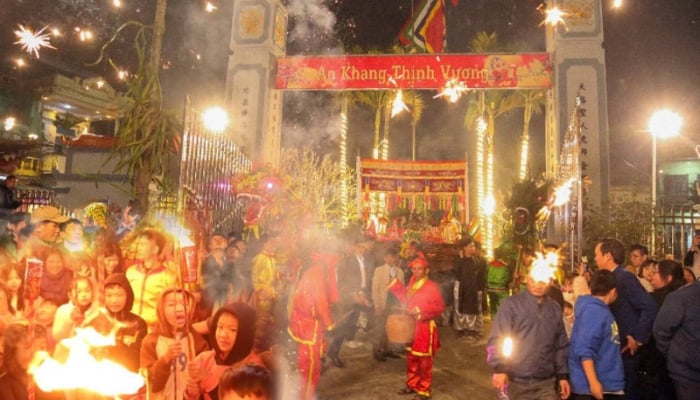
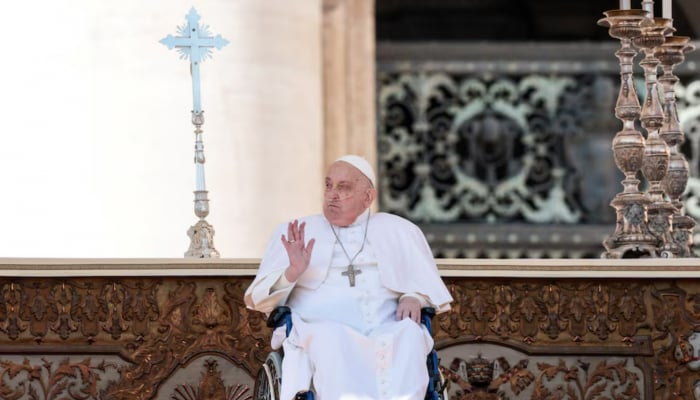

































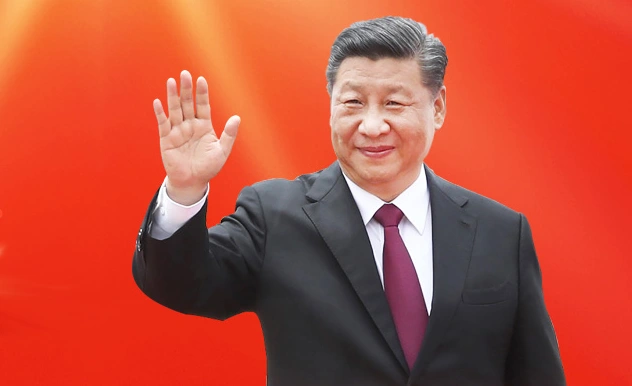

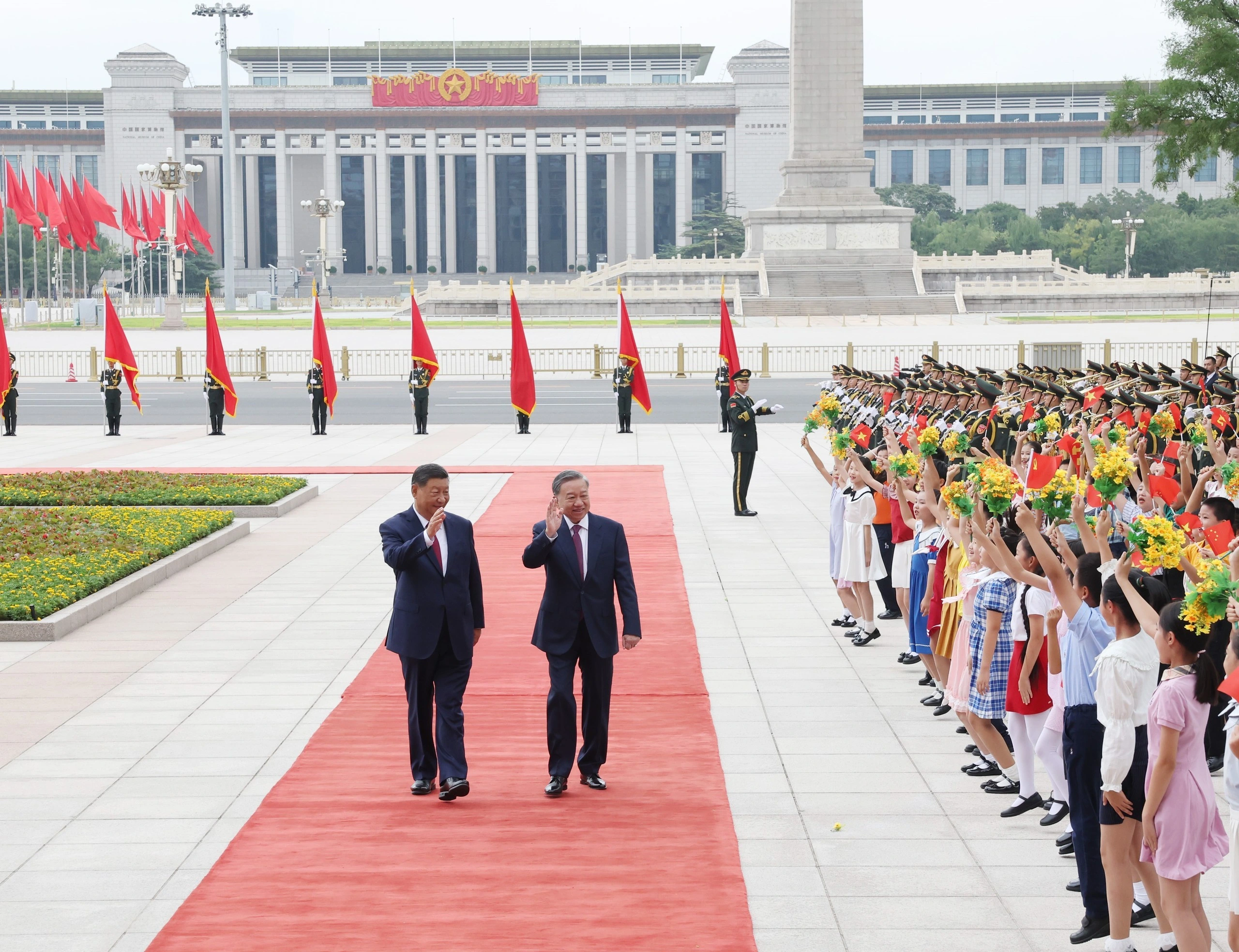
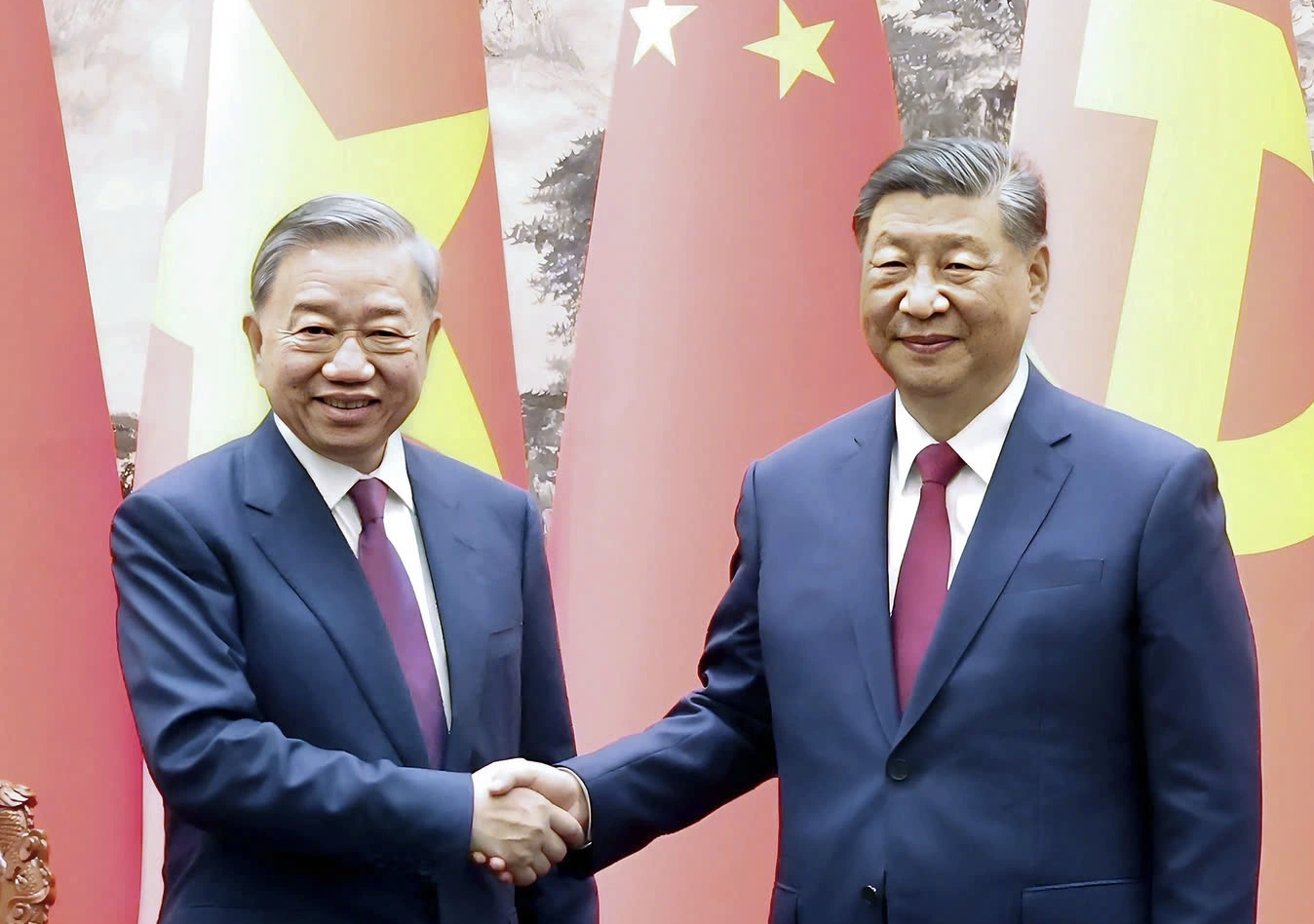





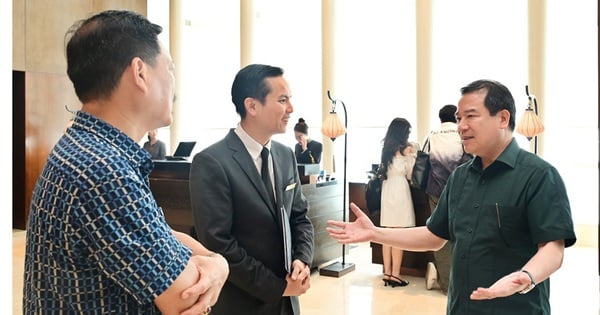
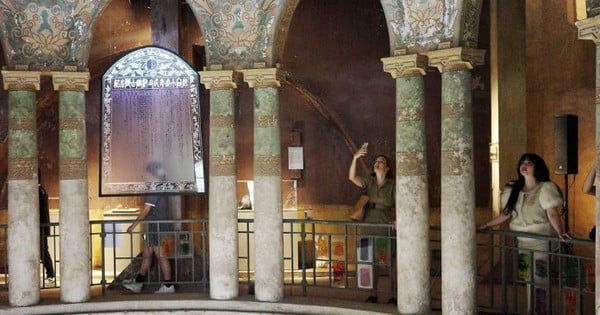



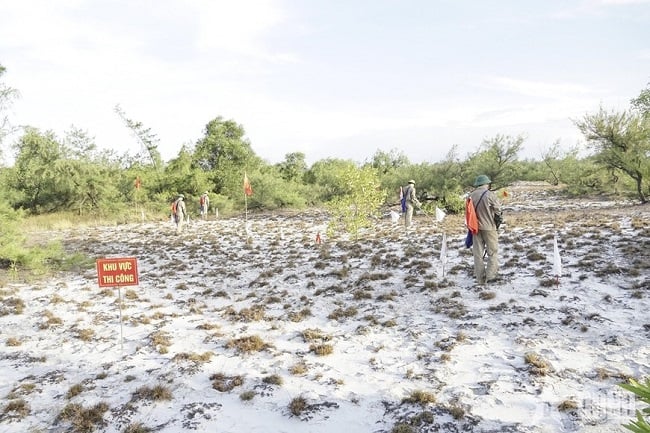
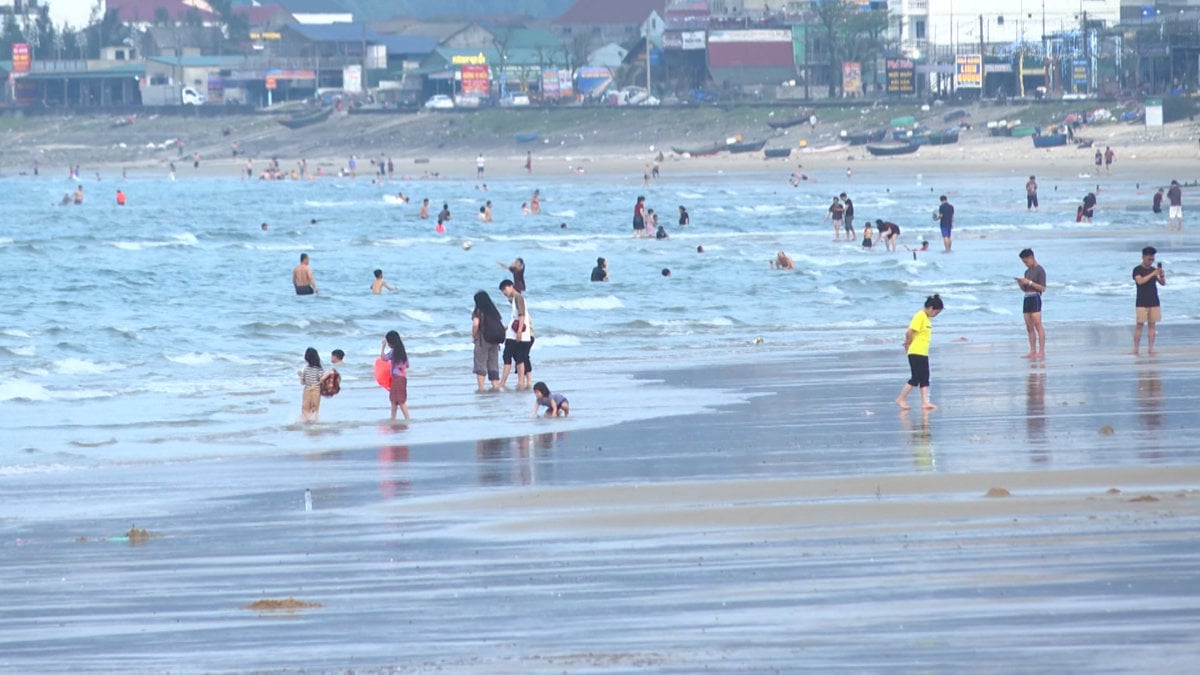
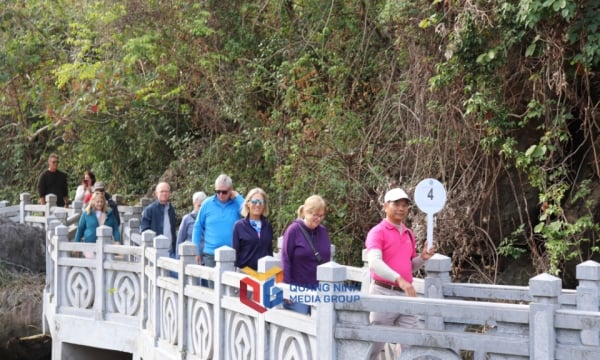










Comment (0)